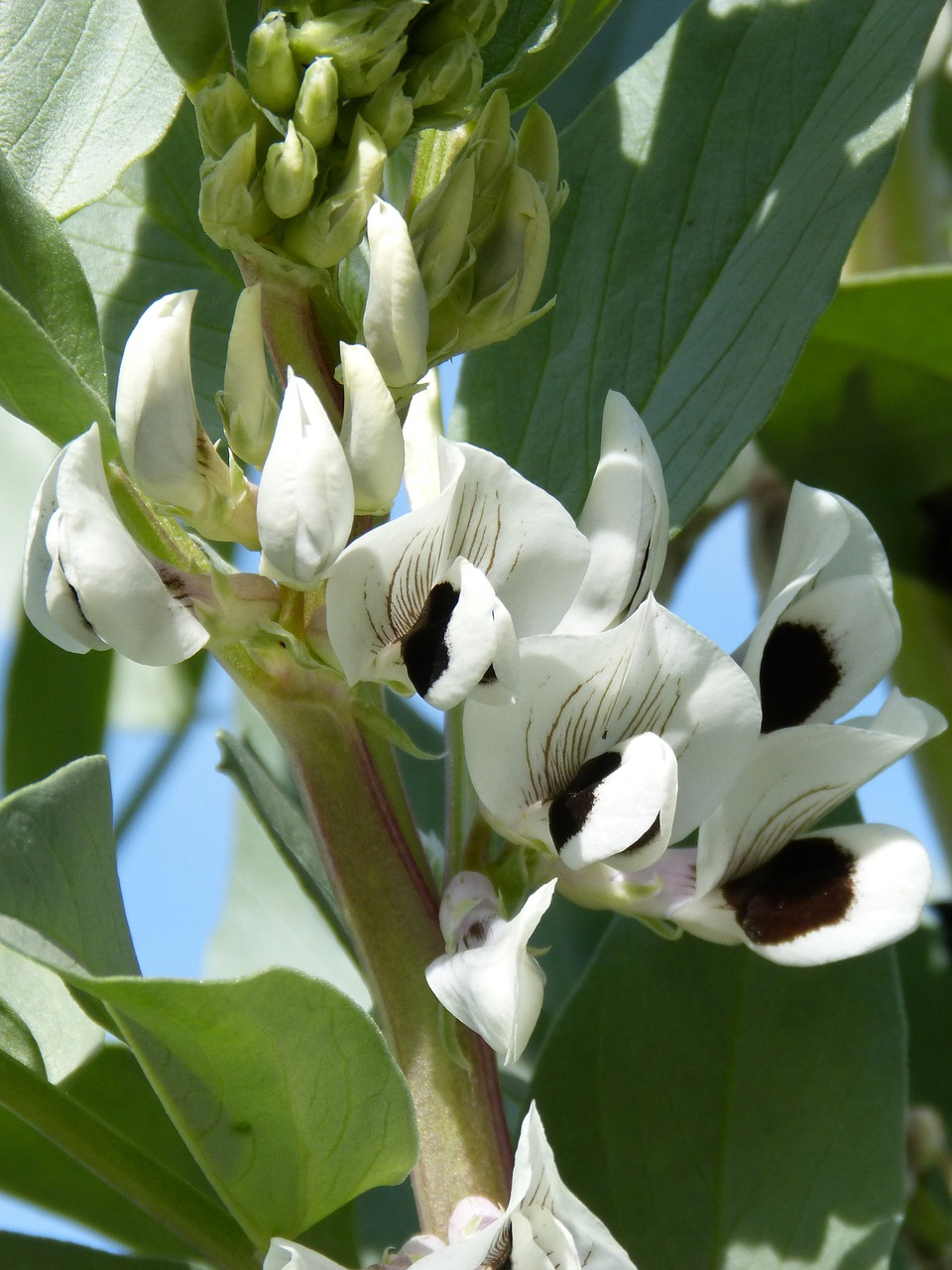
Annabell's broad bean bed
As part of our themed weeks on mixed cultivation, we present five example beds that you can use as inspiration for your own mixed cultivation. In this spring bed, broad beans play a leading role, complemented by carrots and herbs.
In spring, enthusiastic gardeners can satisfy the itch in their fingertips and create a spring bed. The cold-tolerant broad beans, also known as broad beans, broad beans or broad beans, are ideal for this. In contrast to the related runner and bush beans, broad beans must be sown as early as possible in the year. Early sowing from the end of February or beginning of March can prevent excessive infestation with aphids. In this mixed bean bed, the broad bean 'Ratio' grows in mixed cultivation with various herbs and carrots. If you want to plant particularly early carrots, you can use the winter sowing principle of Kassiolino.
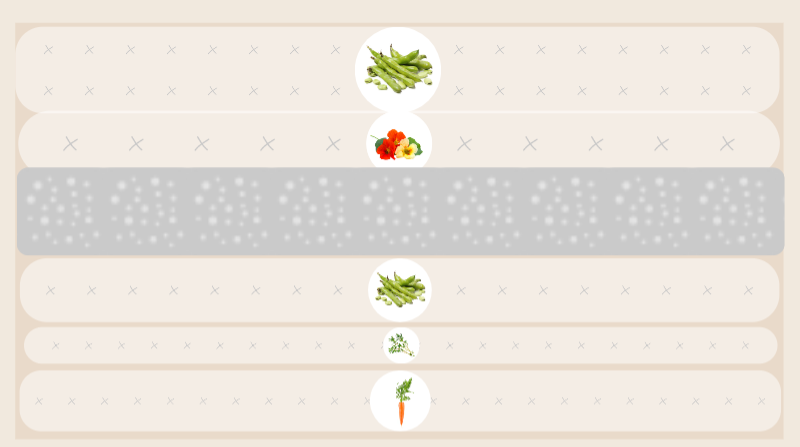
In Annabell's broad bean bed, the carrot 'Rodelika' grows next to annual savory. Savory is a great addition to the companion broad bean, as it keeps the black bean aphid away with its aromatic scents. As broad beans are planted relatively far apart, they can be perfectly combined with ground-covering herbs. For example, a row of low nasturtiums grows alongside a double row of beans. Take care not to use climbing nasturtiums, which will grow upwards with the beans. The herbs are only sown after the beans and carrots, savory and nasturtium, need a little more warmth and are only sown outdoors from April or later.
Fancy your own broad bean bed? We have already packed all the varieties of Annabell's broad bean bed into your shopping cart - all 100% organic, of course. You can also edit the selection according to your wishes: Click here to go to the shopping cart!
Want to get helpful gardening tips all year round and plan your own beds in the best possible way? Then register here or download the Fryd app for Android or iOS.
Fryd - your digital bed planner
Cover image by makamuki0 on pixabay

Annabell
Annabell is studying agricultural biology at the University of Hohenheim. She also enjoys gardening in her private life, spends a lot of time in nature and loves to be creative.
Learn MoreCurrent Topics in the Community
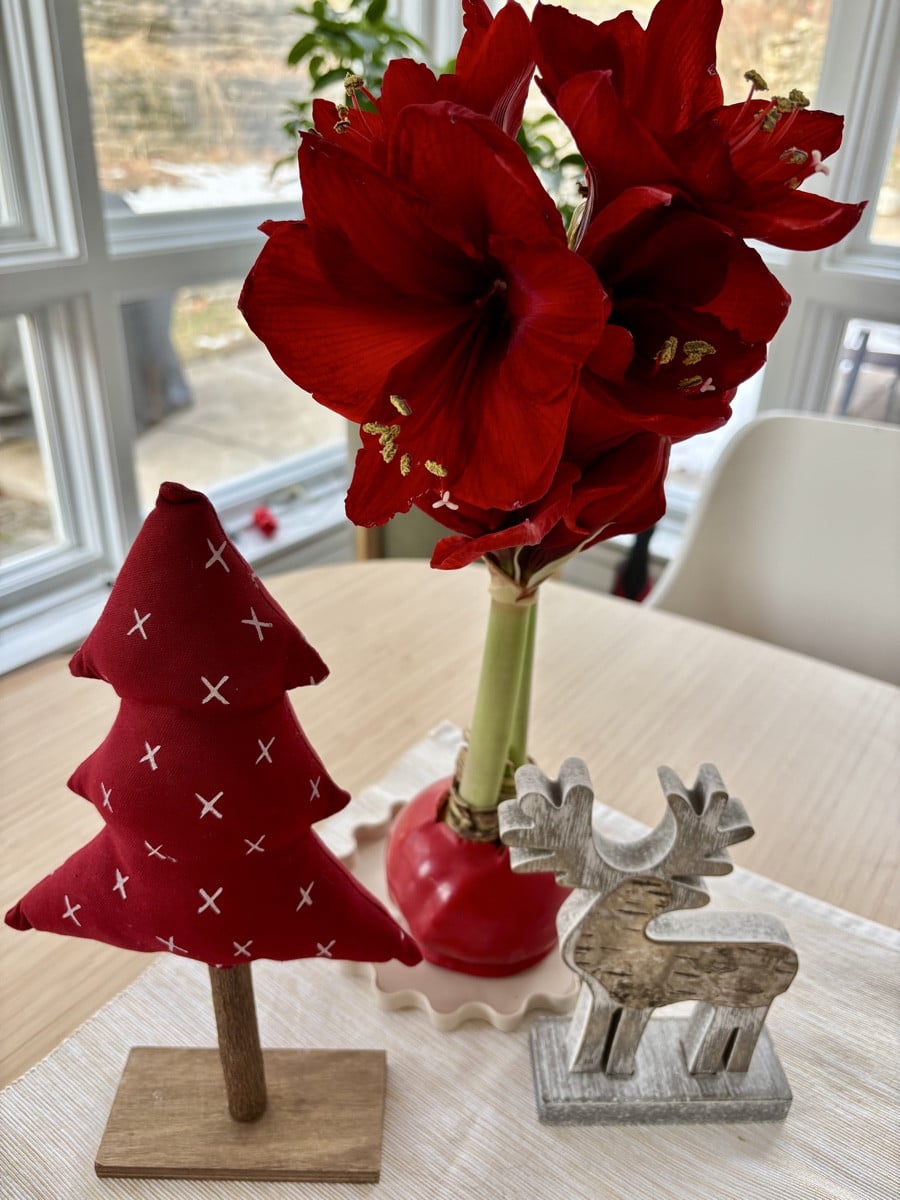
Liked 2 times
Have a relaxing and happy festive season! Looking forward to the upcoming gardening season here in the community 😊⭐️🎄✨
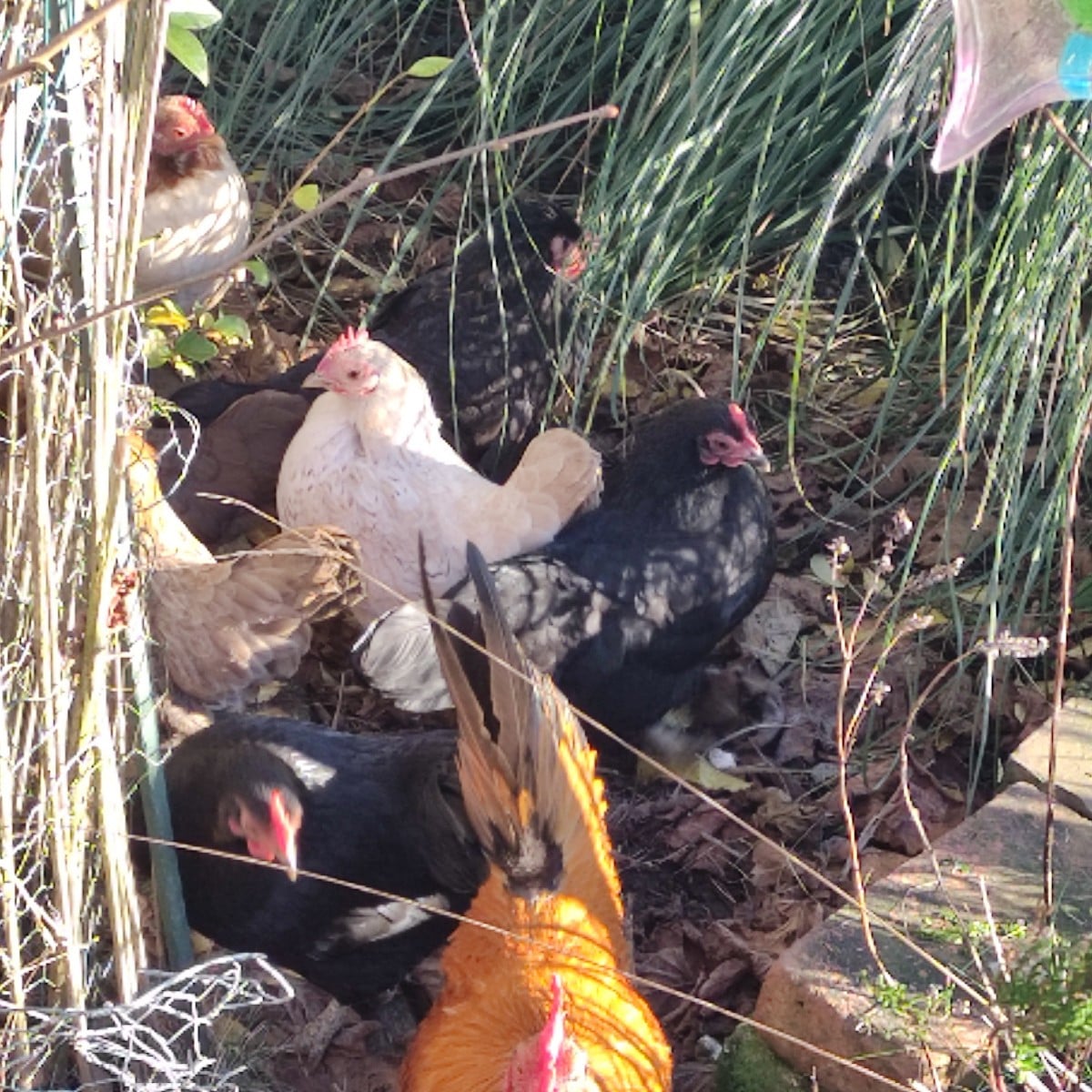
Liked 2 times
The chickens are not happy about the cold weather.
Show 1 answer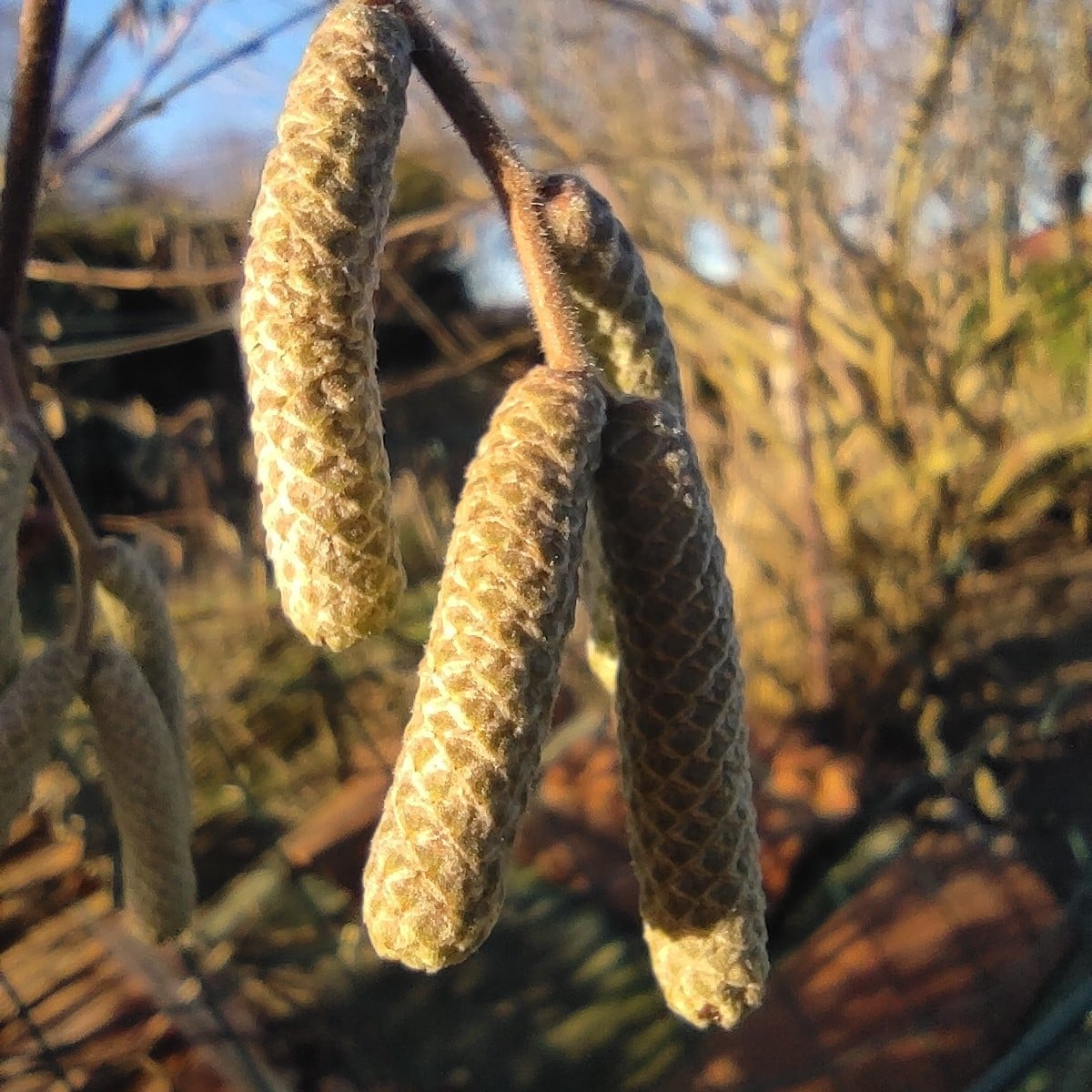
Liked 1 times
Without words
Show 1 answerPopular Articles
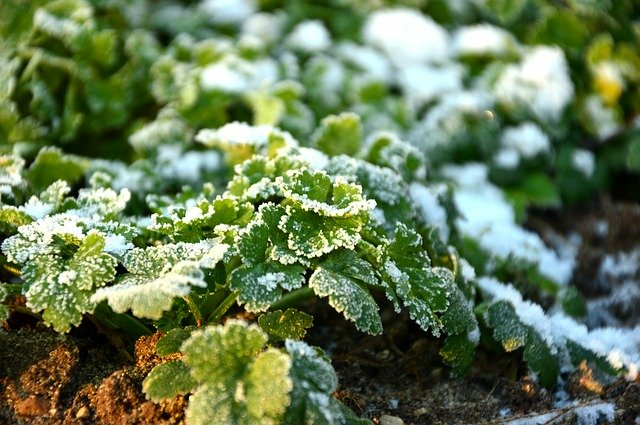
Overwintering Parsley: How to Do It Successfully
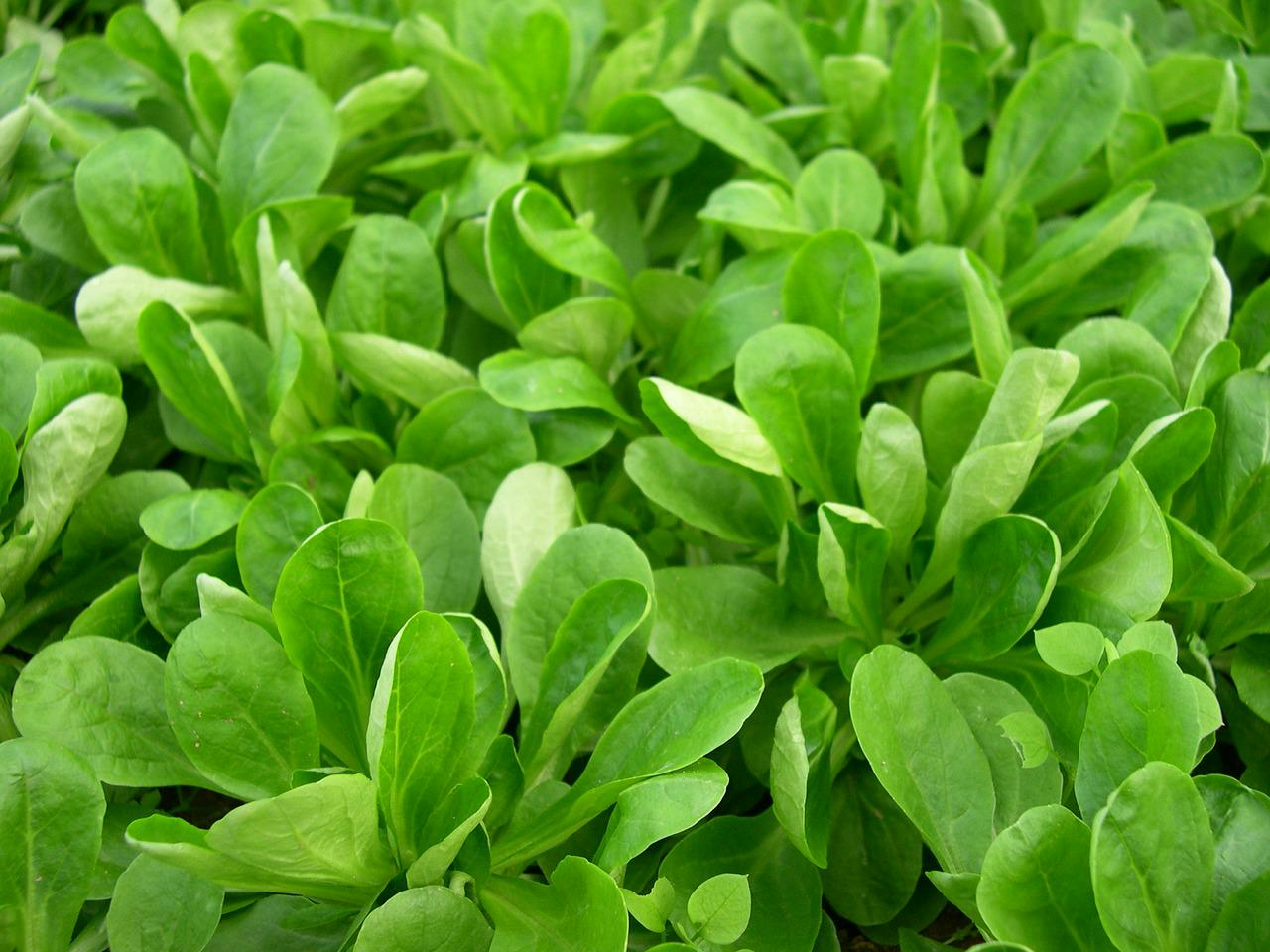
How to Grow Lettuce in Winter: Varieties, Sowing, Harvesting

Growing Sage Plant: Tips for Sowing and Harvesting
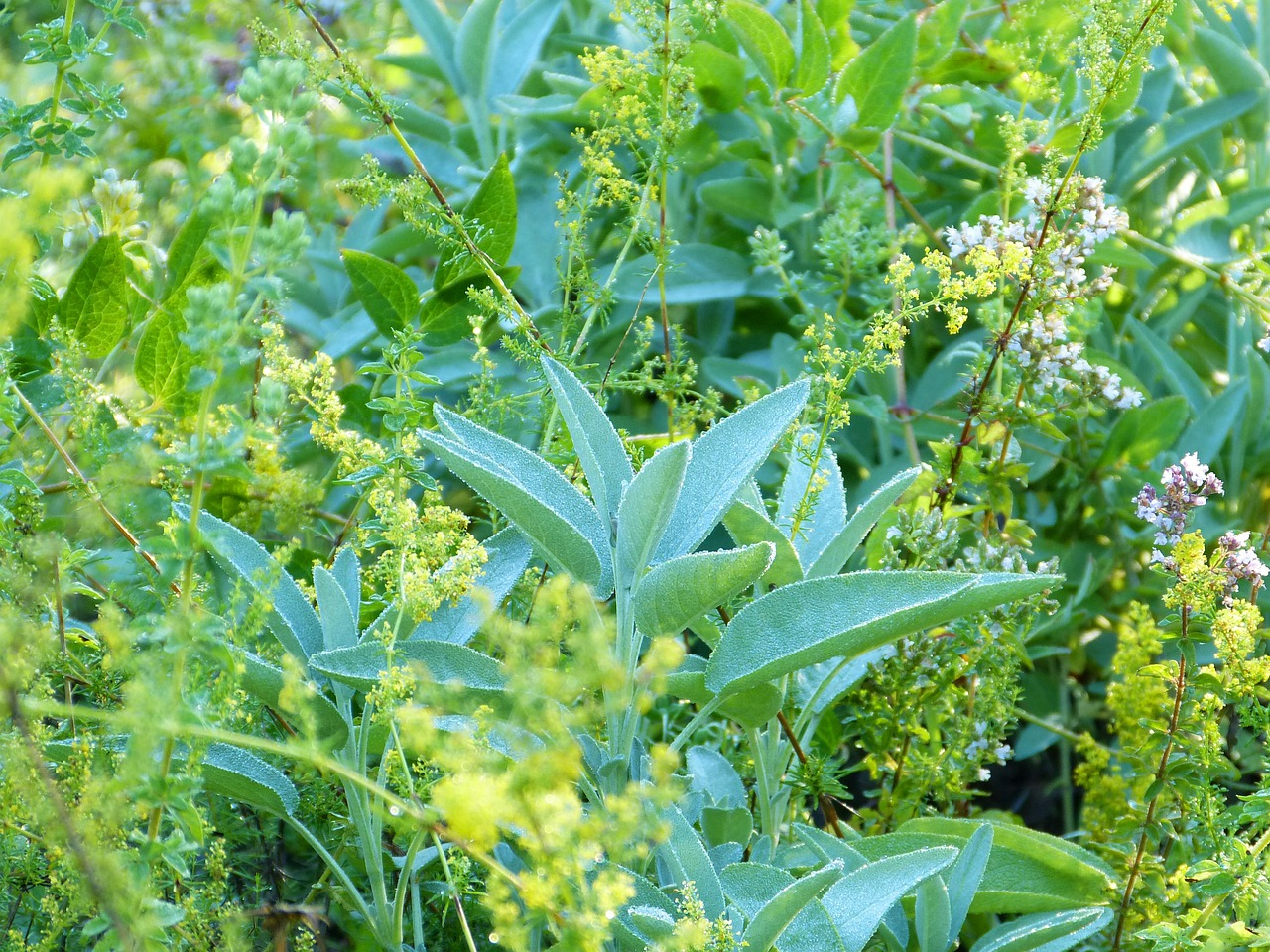
What Herbs Can Be Planted Together?
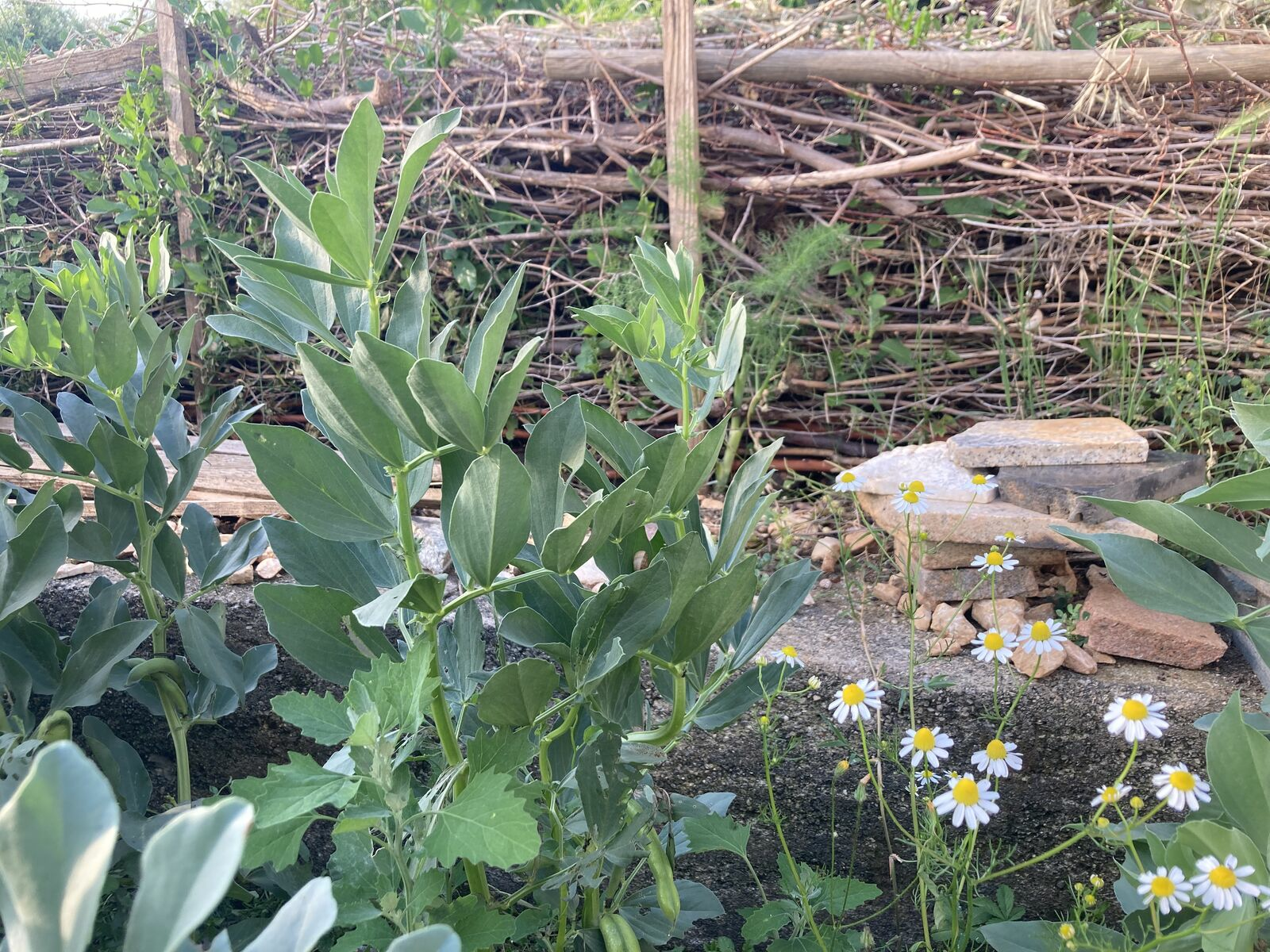
Create & Design a Permaculture Garden
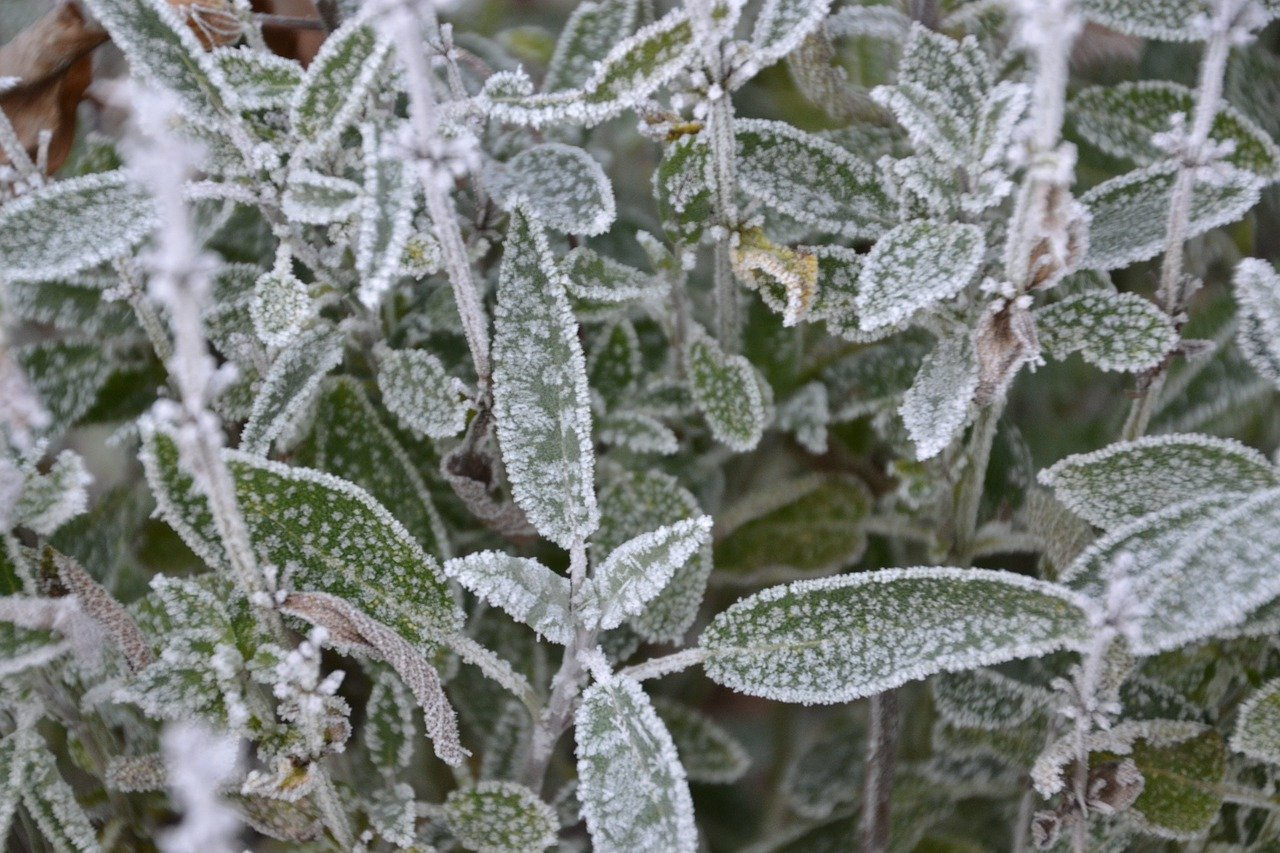
Overwintering Plants: Tubs, Pots and Raised Beds

Pruning, Fertilizing & Propagating Currants: Care Tips
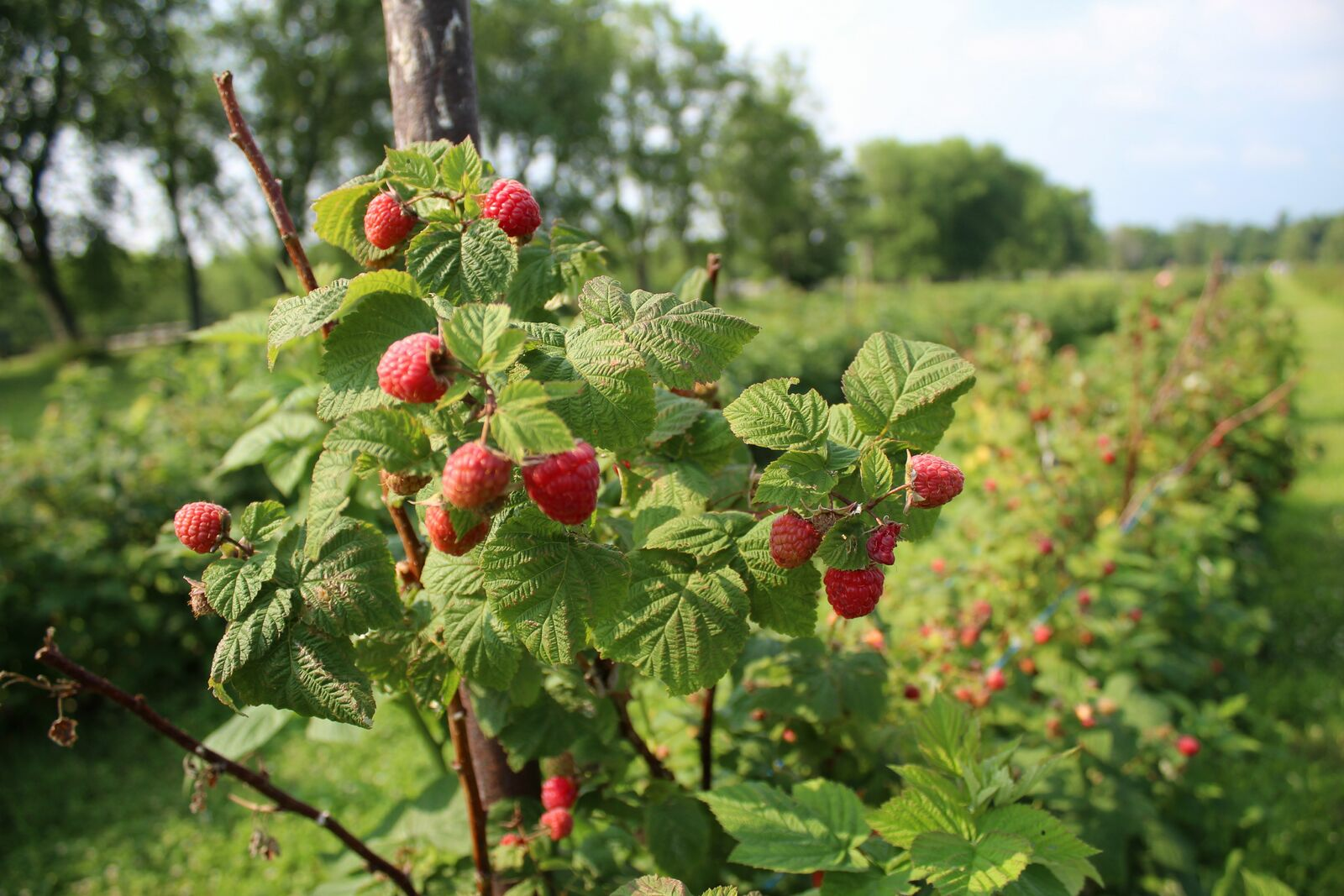
Pruning Raspberries: How to Do It
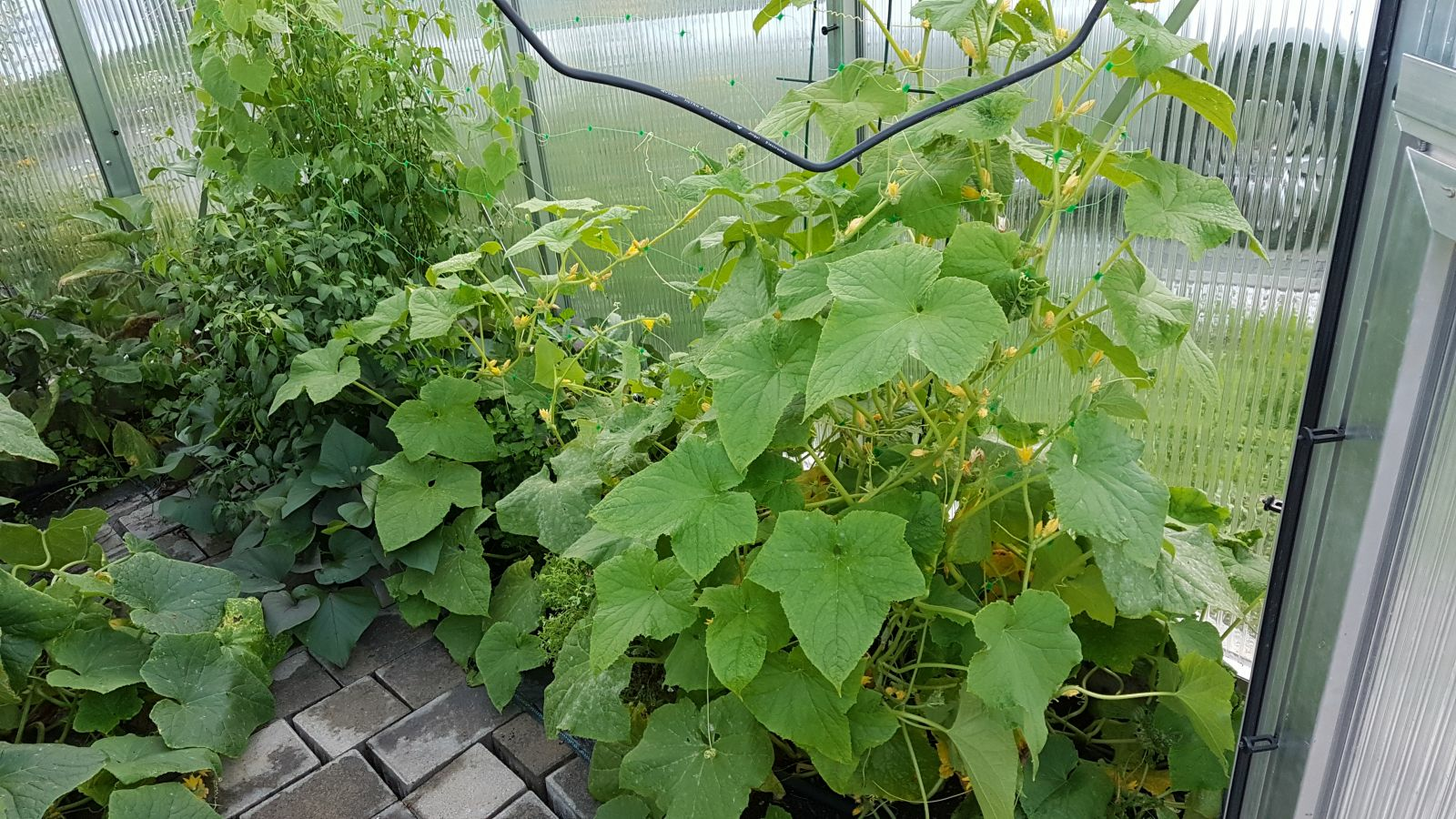
Vegetable Garden With Greenhouse: How to Use Greenhouse Effect
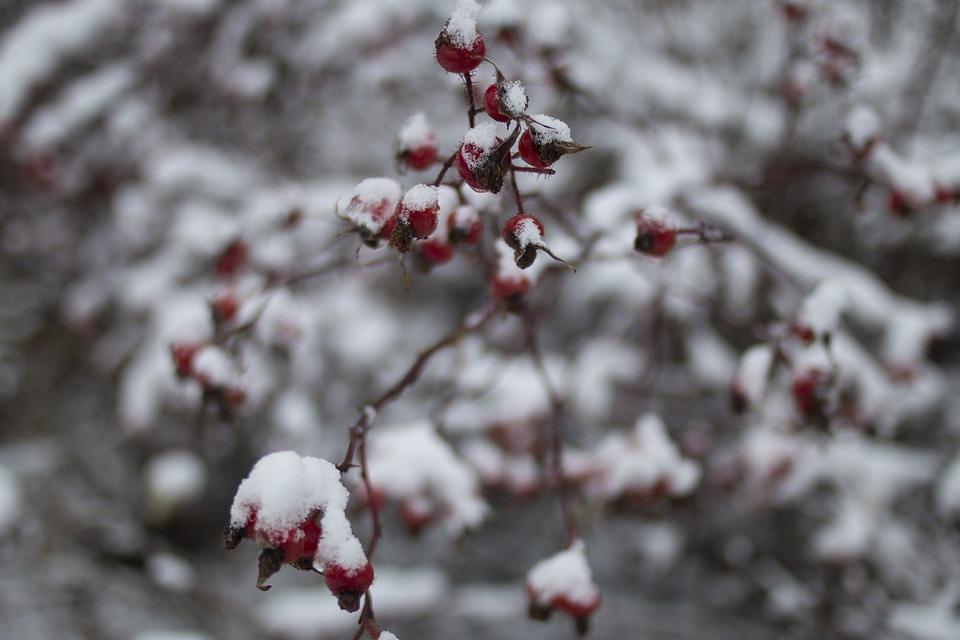
Winterizing Beds and the Garden: How to Do It